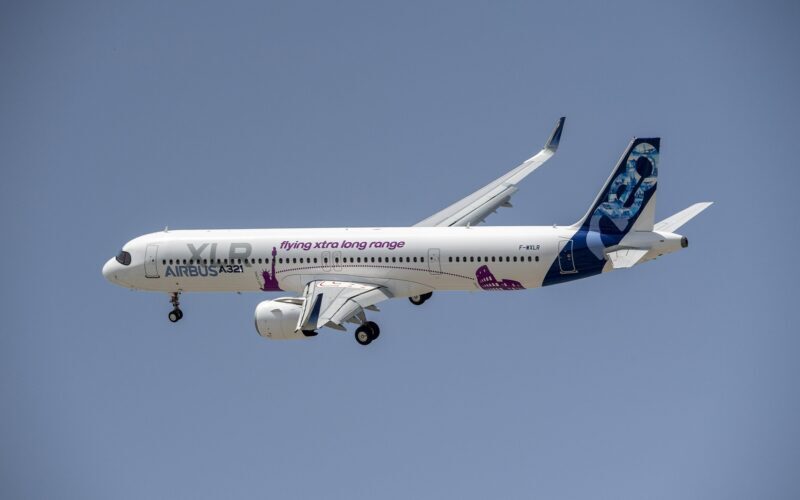Boeing 737-10 Faces Stiff Competition from Airbus A321neo

In the fiercely competitive large single-aisle airliner market, Boeing’s 737-10 is striving to keep pace with Airbus’s leading A321neo, which is currently outselling the Boeing model by a ratio of 7 to 1. Despite this challenging backdrop, Boeing remains optimistic about the potential of its largest 737 Max variant.
The 737-10, which represents Boeing’s effort to reclaim a segment it once dominated with the Boeing 757, has amassed 1,180 orders. In contrast, the Airbus A321neo, including its ultra-long-range version known as the XLR, has secured a staggering 7,800 orders, underscoring its broad market acceptance.
Boeing’s Vice President of Marketing, Darren Hulst, recently expressed confidence in the Max 10’s market viability during a company outlook briefing. Hulst downplayed the unique selling points of the A321XLR, noting that while its extended range is notable, it does not fundamentally alter the market dynamics.
The A321XLR is poised to offer nearly 1,000 miles of additional range over the Max 10, which could further tilt the scale in Airbus’s favor as it prepares to enter service shortly. Meanwhile, the Max 10’s entry into the market has been postponed until at least 2025, complicating Boeing’s position in the segment.
Historically, Boeing had a stronghold in this market with the Boeing 757, which ceased production in 2004. The A321XLR was introduced by Airbus in 2019 as a modern equivalent to the 757, specifically targeting airlines looking for similar performance, versatility, and range. This move by Airbus has evidently resonated with carriers such as Delta, which has been vocal in its need for a modern successor to its aging fleet of approximately 100 Boeing 757s.
Amidst these market dynamics, Boeing had been developing the New Middle of Market Aircraft (NMA), envisioned as a direct successor to the 757. However, this project is currently on hold, leaving Boeing to focus on advancing the Max 10 towards certification and delivery.
Despite the competitive pressures, Boeing’s latest market forecast remains bullish, projecting a demand for nearly 44,000 new airplanes over the next two decades, with the vast majority being single-aisle aircraft like the Max 10. This projection underscores the critical importance of the Max 10’s success in Boeing’s strategy to regain its footing in the single-aisle airliner market.
